Swiss optimistic ahead of Durban climate talks
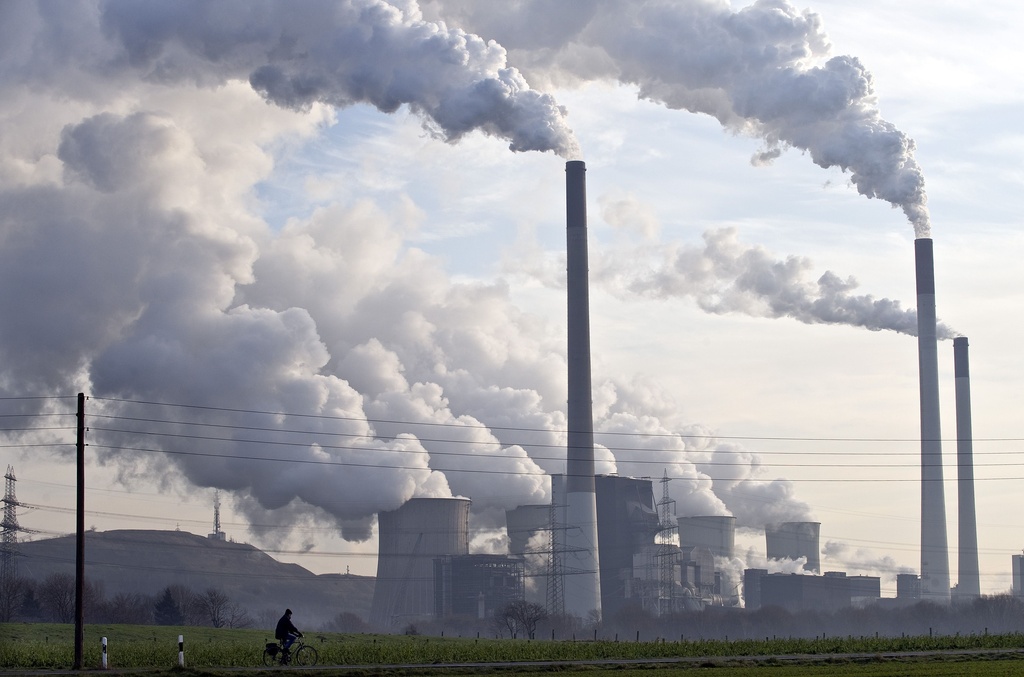
Switzerland says climate change talks, which started in Durban on Monday, need to come up with a “clear understanding” of how to tackle the issue over the next decade.
Delegates from nearly 200 countries will be in the South African city for two weeks of United Nations-led negotiations on a global roadmap for cutting greenhouse gas emissions, spurred on by the expiration of the Kyoto Protocol in 2012.
“I am rather positive that we will make a step forward but perhaps it will not be as big a step as many of us are hoping. It might be smaller or different steps,” Swiss delegation head Ambassador Franz Perrez told swissinfo.ch.
On the table are the possibility of a second Kyoto Protocol commitment period running until 2017-2020 – limiting emissions for around 36 industrialised nations – and the development in tandem of legally binding obligations for the rest of the world to cut emissions.
There are doubts about the Protocol, with some signatories – like Switzerland – unwilling to commit to measures if emerging economies and major emitters are not bound by similar cuts.
Whatever the outcome of the Protocol, Switzerland says the summit needs to start outlining a roadmap for a broader binding “regime” to cover all countries in the long-term. It also wants a mandate to be adopted for a committee to negotiate on such a future agreement.
Perrez said the Kyoto Protocol “made sense” when it was adopted in 1997 as a way of covering more than half of global emissions among economically advanced countries.
But today the Protocol would account for 17 per cent of global emissions – or around 11 per cent if it is not supported by all the remaining Kyoto “maybe” countries.
“We cannot tackle the climate change challenge by establishing a regime that covers only 11 or 17 per cent of global emissions, this is not enough. This is the reason why we need to move towards a regime that is broader. That has to be one of the clear outcomes of Durban.”
Breakdown?
Environmental group WWF says it is concerned about a possible breakdown in the talks.
“We raise this not to be alarmist but to alert leaders that their current approaches mean they may fail to reach a minimally acceptable agreement in Durban.”
The head of WWF’s Swiss delegation Patrick Hofstetter told swissinfo.ch “small steps” of progress had been made in the lead-up to Durban in technology transfer, on REDD+ deforestation issues, finance and adaptation.
But he warned that “anything can happen” when it comes to the crunch issues of the Protocol and the future regime.
For instance, if developing countries, the United States, Japan, Canada or Russia don’t even agree to talk about a future legally binding agreement, he said. “This would really be a disaster, when you have to question whether this process is going to yield any progress in the future or not.”
So, what’s on WWF’s wish list for Durban? A package deal where some industrialised countries go ahead with a second commitment period of the Kyoto Protocol and where there is a “clear plan with a timetable on how to progress to a global new legally binding agreement and which enters into force in 2018”, Hofstetter said.
For the Swiss governmental delegation, “the worst case scenario” would be to just tackle emissions for developed countries.
“Everything that is not helping us to make that shift towards a broader regime that will include reductions and limitations of emissions by all countries will be a failure and everything that helps us to move towards such a broader all-encompassing more comprehensive regime will be a success.”
“I am not afraid that there will be a breakdown in talks,” he added.
Added momentum
There are also concerns that governments will not be able to commit the full $100 billion (SFr91.9 billion) a year pledged to help the most vulnerable countries tackle climate change, as part of the new Green Climate Fund created at last year’s summit.
Switzerland has been playing a leading role in developing plans for the fund. In Durban, the Swiss delegation will be arguing for it to be based in Geneva, which it says could offer synergies with the city’s international and environmental institutions and the financial sector and its private financing possibilities.
Adding further momentum to negotiations will be new figures released by the UN weather agency showing global warming gases hit record levels in the world’s atmosphere in 2010. (See sidebar)
The UN’s Intergovernmental Panel on Climate Change also urged countries to make disaster management plans to adapt to the growing risk of extreme weather linked to climate change.
For Perrez, these developments underline the need for a global pact and the futility of having the Kyoto Protocol on its own.
“The emissions of the Kyoto parties have reduced over the last period, so the Kyoto period was a success.”
“But if, in parallel, the emissions of the rest of the world are increasing so tremendously as to more than offset the reductions of the Kyoto parties, then that’s no solution for the future.”
New figures from the UN’s World Meteorological Organization on November 21 showed that the three biggest greenhouse gases not only reached record levels in 2010 but were increasing at an ever-faster rate, despite efforts by many countries to reduce emissions.
The WMO found that total carbon dioxide levels in 2010 hit 389 parts per million, up from 280 parts per million in 1750, before the start of the Industrial Revolution.
Levels increased 1.5 ppm per year in the 1990s and 2.0 per year in the first decade of this century, and are now rising at a rate of 2.3 per year. The top two other greenhouse gases – methane and nitrous oxide – also are soaring.
The WMO cited fossil fuel-burning, loss of forests that absorb CO2 and use of fertiliser as the main culprits.
The findings were consistent with November figures from the US Department of Energy that global carbon dioxide emissions in 2010 jumped by the highest one-year amount ever.
On November 18, the UN Intergovernmental Panel on Climate Change issued a report into extreme weather linked to human-induced climate change. It said an increase in heat waves was almost certain (99-100%), while heavier rainfall, more floods, stronger cyclones, landslides and more intense droughts were likely (66-100%) across the globe this century as the Earth’s climate warms.
Sceptics have questioned the models the IPCC uses to make its climate predictions.
The 2011 United Nations Climate Change Conference takes place in Durban, South Africa, from November 28-December 9.
It will be the 17th Conference of the Parties (COP17) of the UN Framework Convention on Climate Change, which was adopted in 1995 and has 194 signatory countries. The COP adopts decisions and resolutions. It is also the 7th meeting of the parties to the Kyoto Protocol, which was adopted in 1997 and entered into force in 2005.
In the run-up to Durban, parties worked on the long-term global goal to limit the rise of the global average temperature to below 2 degrees compared with pre-industrial levels. A text will form the basis for talks.
To limit global warming to below 2 degrees, parties will continue to work on a global goal for reducing greenhouse gas emissions by 2050 and the timeframe for their peaking. Other aspects of a shared vision, such as equitable access to sustainable development, will also be discussed further.

In compliance with the JTI standards
More: SWI swissinfo.ch certified by the Journalism Trust Initiative

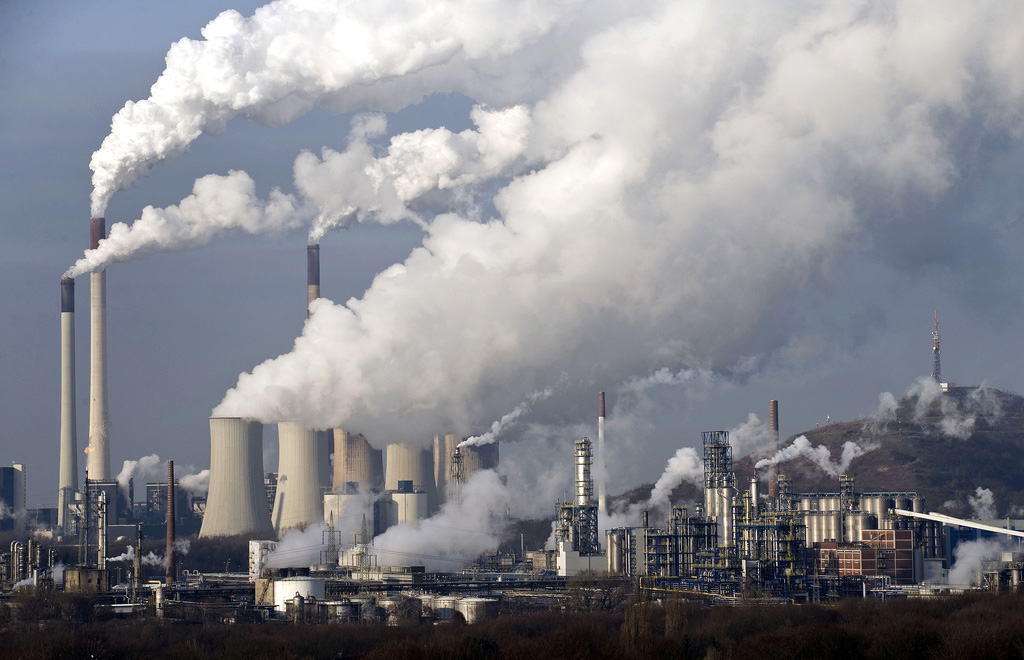
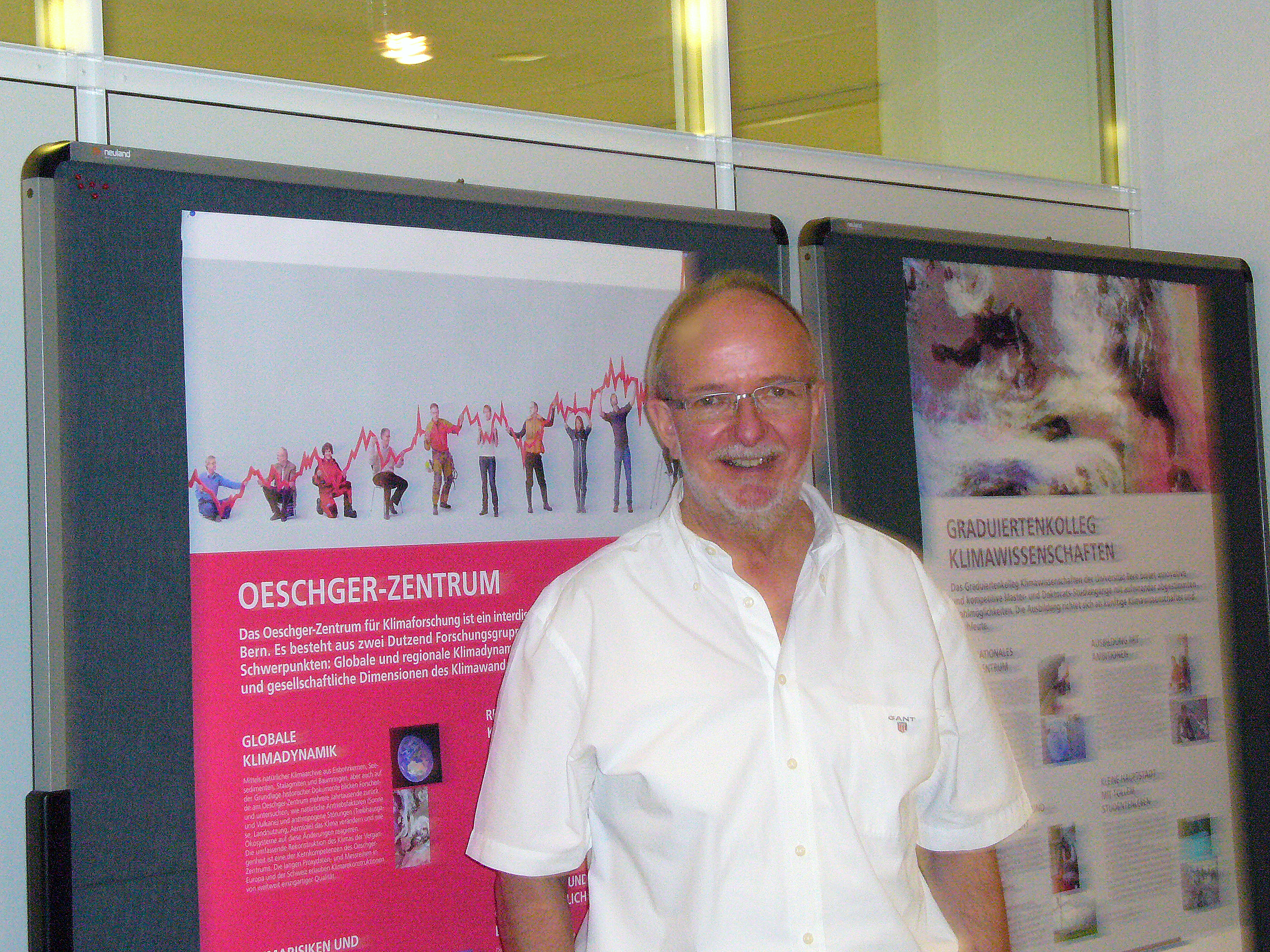
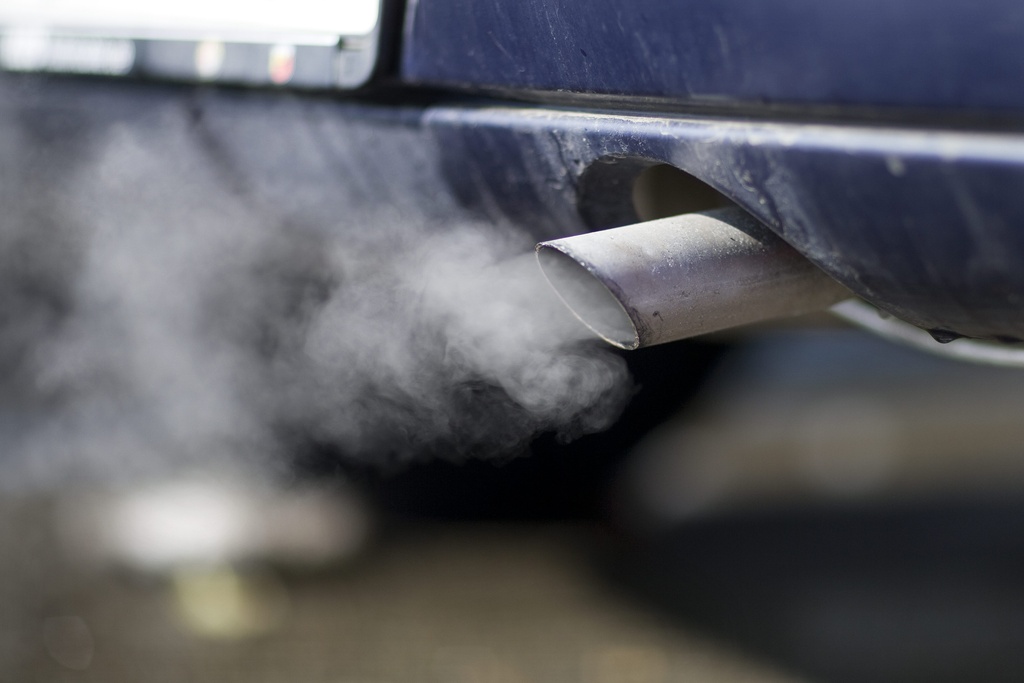
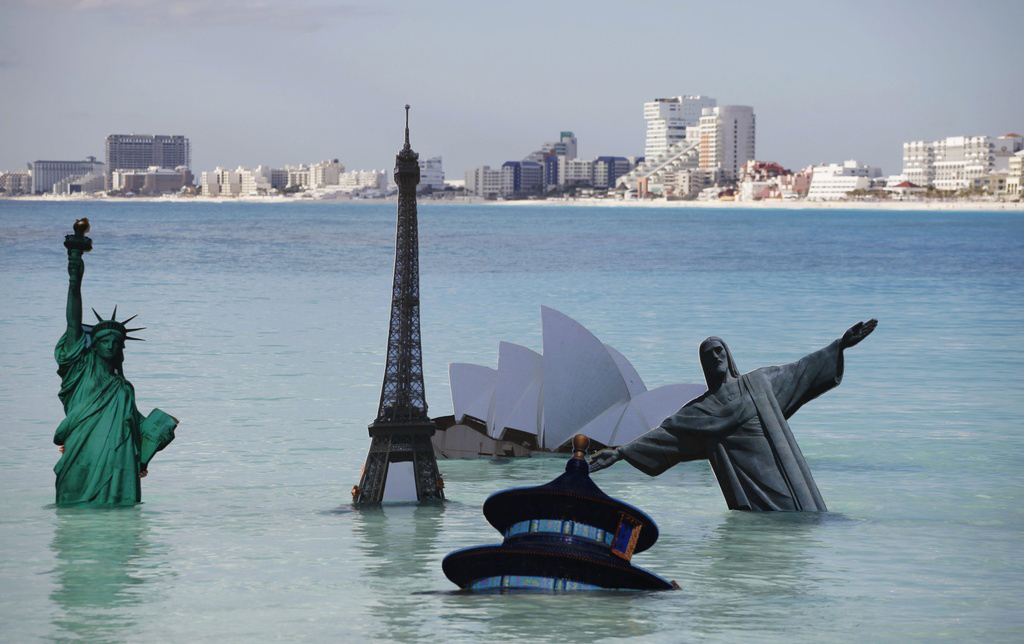

You can find an overview of ongoing debates with our journalists here. Please join us!
If you want to start a conversation about a topic raised in this article or want to report factual errors, email us at english@swissinfo.ch.